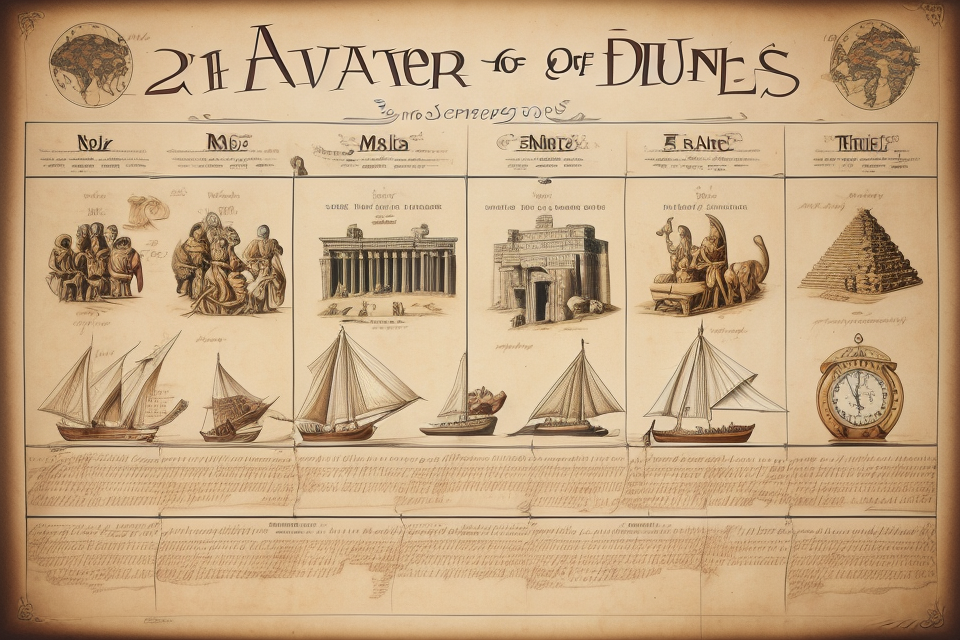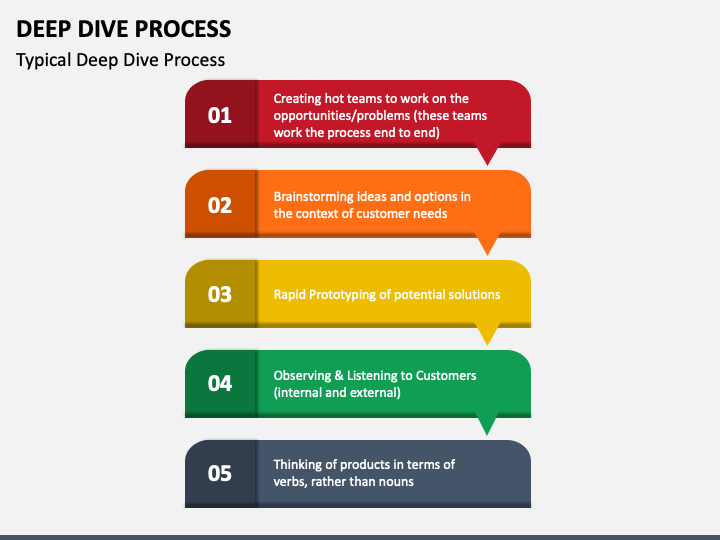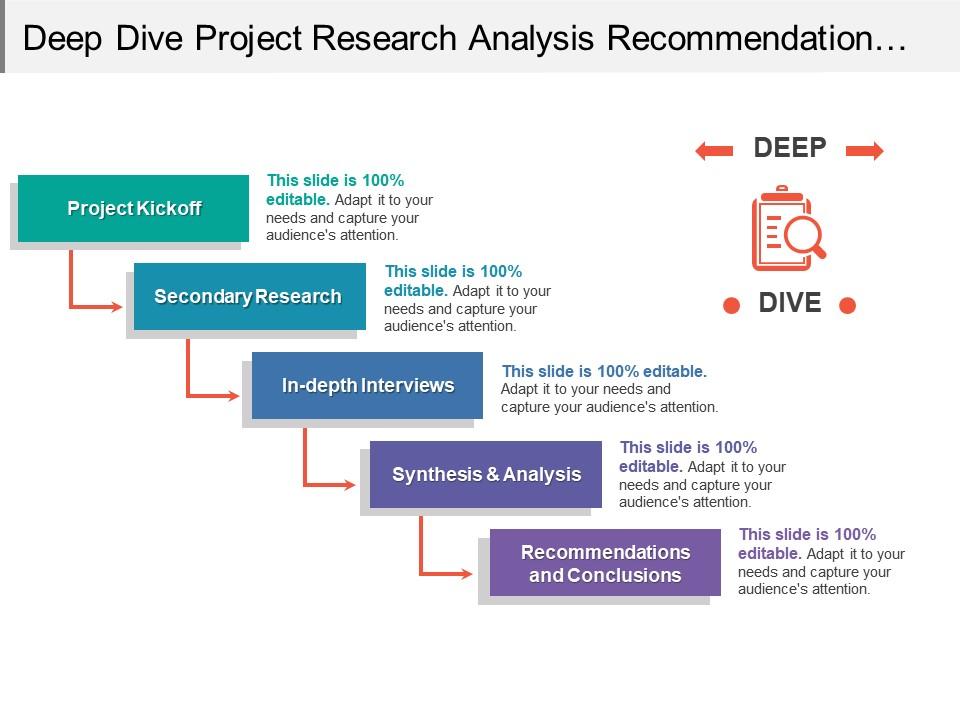On The Calendar Or In The Calendar: A Deep Dive Into Temporal Group And Human Expertise
On the Calendar or Within the Calendar: A Deep Dive into Temporal Group and Human Expertise
Associated Articles: On the Calendar or Within the Calendar: A Deep Dive into Temporal Group and Human Expertise
Introduction
With enthusiasm, let’s navigate by way of the intriguing subject associated to On the Calendar or Within the Calendar: A Deep Dive into Temporal Group and Human Expertise. Let’s weave fascinating info and supply contemporary views to the readers.
Desk of Content material
On the Calendar or Within the Calendar: A Deep Dive into Temporal Group and Human Expertise

The standard calendar. A seemingly easy grid of days, weeks, and months. But, this ubiquitous software shapes our lives in profound methods, influencing not simply our schedules but additionally our perceptions of time, our social interactions, and even our sense of self. The seemingly easy query of whether or not an occasion is "on the calendar" or "within the calendar" reveals a deeper complexity about our relationship with time and the way we set up our experiences.
The phrase "on the calendar" sometimes implies a concrete, scheduled occasion. It is a tangible entry, a marked appointment, a clearly outlined block of time devoted to a particular exercise. This means a level of exterior management; the occasion is pre-planned, usually with a chosen time and placement. It represents a dedication, a accountability, an obligation that exists independently of our inner sense of time. Consider a health care provider’s appointment, a enterprise assembly, or a flight reservation. These are occasions that exist "on" the calendar, demanding our consideration and adherence to a predetermined schedule. The calendar, on this context, acts as a inflexible construction, a framework inside which our lives unfold.
"Within the calendar," nevertheless, suggests a extra fluid, much less outlined relationship with time. It hints at occasions which are deliberate however maybe much less rigidly structured, extra open to interpretation and adjustment. It may embody a time period devoted to a selected undertaking, a recurring job, or a loosely outlined objective. Contemplate per week devoted to writing a report, a month allotted for a analysis undertaking, and even a complete 12 months devoted to studying a brand new language. These will not be particular appointments with a exact begin and finish time; they’re intervals, stretches of time that reside "in" the calendar, shaping the general rhythm of our lives with out the identical degree of fast stress as occasions "on" the calendar. The calendar right here acts as a versatile container, a information fairly than a inflexible constraint.
The excellence between "on" and "in" highlights the other ways we strategy time administration and self-organization. The "on the calendar" strategy is usually related to a extremely structured, task-oriented life-style. It is the realm of productiveness hacks, time-blocking methods, and meticulous scheduling. People who favor this strategy prioritize effectivity, punctuality, and the completion of particular duties inside outlined timeframes. Their calendars are densely populated, reflecting a life lived in line with a rigorously constructed plan. This strategy will be extremely efficient for reaching targets and managing advanced schedules, however it could additionally result in stress, burnout, and a sense of being overwhelmed if not balanced with flexibility and downtime.
The "within the calendar" strategy, alternatively, displays a extra holistic and versatile strategy to time administration. It prioritizes long-term targets and broader themes over particular duties. People preferring this technique might give attention to allocating blocks of time for particular sorts of actions, fairly than scheduling particular person occasions. Their calendars may seem much less cluttered, with bigger chunks of time devoted to initiatives or themes fairly than particular person appointments. This strategy permits for better adaptability and creativity, permitting for sudden alternatives and changes as wanted. Nevertheless, it could additionally result in procrastination, missed deadlines, and an absence of focus if not managed successfully.
The selection between these two approaches just isn’t essentially a binary one. Most people probably make the most of a mix of each, adapting their strategy based mostly on the context and their particular person wants. A busy skilled may meticulously schedule conferences and appointments ("on the calendar"), whereas concurrently allocating bigger blocks of time for undertaking work or private improvement ("within the calendar"). A pupil may schedule courses and exams ("on the calendar"), whereas additionally dedicating blocks of time for finding out particular topics or finishing assignments ("within the calendar").
Moreover, the cultural context performs a major function in how we understand and use calendars. Some cultures emphasize punctuality and adherence to schedules, resulting in a desire for the "on the calendar" strategy. Others could also be extra versatile and fewer inflexible of their strategy to time, favoring the "within the calendar" technique. These cultural variations can affect not solely how we set up our private lives but additionally how we work together with others in skilled and social settings.
Past the sensible features of scheduling, the calendar additionally holds symbolic significance. It is a visible illustration of our previous, current, and future. Wanting again at a previous calendar can evoke reminiscences, reminding us of great occasions and experiences. Inspecting the current calendar permits us to evaluate our present commitments and priorities. Wanting forward at future calendars permits us to plan for the long run, set targets, and anticipate upcoming occasions. On this sense, the calendar turns into a story software, a visible illustration of our life story.
The digital age has additional reworked our relationship with the calendar. The shift from bodily paper calendars to digital functions has launched new prospects for group and collaboration. Digital calendars supply options like reminders, notifications, and shared calendars, enhancing effectivity and coordination. Nevertheless, this shift has additionally launched new challenges, corresponding to info overload, fixed connectivity, and the potential for distraction. The convenience with which we will schedule occasions can generally result in over-scheduling and a sense of being consistently overwhelmed.
In conclusion, the seemingly easy query of "on the calendar" versus "within the calendar" reveals a wealthy tapestry of issues associated to time administration, private group, cultural influences, and the very nature of our relationship with time itself. Whereas the "on the calendar" strategy offers construction and effectivity, the "within the calendar" strategy affords flexibility and a broader perspective. Finally, the best strategy is probably going a personalised mix of each, tailor-made to particular person wants and preferences, permitting us to navigate the complexities of time and set up our lives in a means that’s each productive and fulfilling. The calendar, in its numerous varieties, stays a strong software, shaping not solely our schedules but additionally our understanding of ourselves and our place within the circulate of time.








Closure
Thus, we hope this text has supplied worthwhile insights into On the Calendar or Within the Calendar: A Deep Dive into Temporal Group and Human Expertise. We thanks for taking the time to learn this text. See you in our subsequent article!